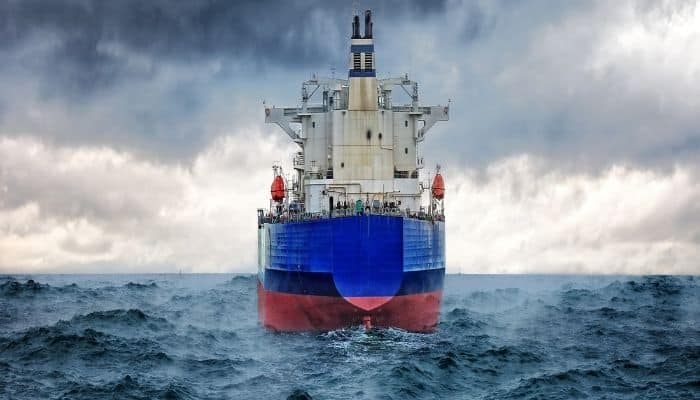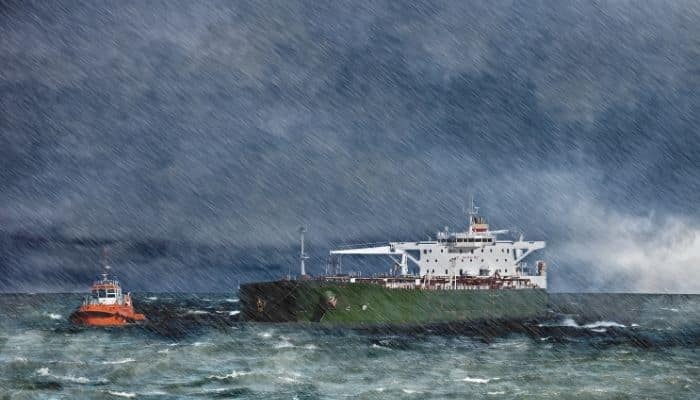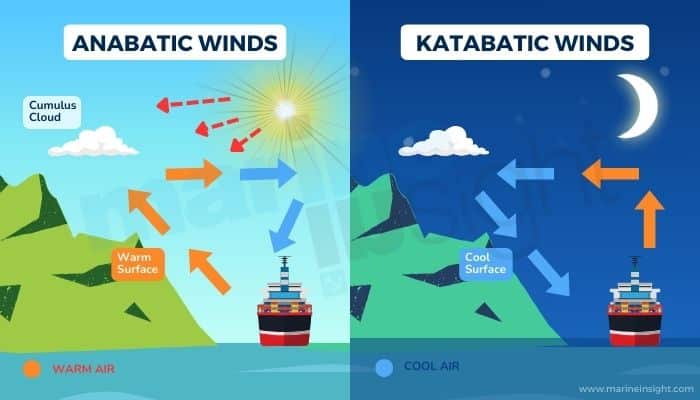What Are Anabatic And Katabatic Winds?
Along with atmospheric conditions, the geographical and topological conditions of a region also strongly influence localised weather conditions.
One of the most important elements of climate or weather is the wind pattern. The wind pattern, in turn, depends on factors like season, atmospheric conditions, heat index, pressure distribution, rain pattern, ocean currents, natural setting, and the climatic conditions of adjoining places.
When we speak of natural settings, the geographic and topological conditions of that region play a pivotal role. Hilly areas have a completely different pattern of winds as compared to sea coasts. Similarly, a rocky area has a significant amount of difference as compared to a heavily forested area when talking of wind patterns.
Katabatic Winds
Katabatic winds are a common phenomenon in areas where there is a gradient, like a mountain or a plateau, that occurs during the night. As we know, temperature decreases with elevation. Thus, all places that are at a significant height above sea level are at a lower temperature depending on the altitude.
Now, as we know, temperature is inversely related to density. Due to the rapidly cooling surface temperature of the area, the air in the elevated places gets denser and heavier.

Thereafter, due to the combined impact of the sloping gradient (like in a mountain) and the gravitational forces, these winds move downwards towards the low-lying areas. This is the reason if you stay near a hilly region, you experience cold winds after evening, especially during winter, autumn, spring, or monsoon, when there is an overall fall in temperatures.
The speed and intensity of the katabatic winds depend on a number of factors:
- Altitude
- Nature of slope
- Vegetation
- Other supporting climatic conditions
The higher the altitude, the lesser will be the temperature. Thus, the surrounding air at higher altitudes gets cooled even more rapidly to lower temperatures, creating a temperature differential, and this, in turn, translates to denser winds. Henceforth, the winds descend from higher altitudes with more intense momentum.
Along with this, the nature of the slope and vegetation are also equally crucial. A snowy valley will further cool and intensify the wind making it attain strong gale-like behaviour along with very frigid temperatures. On the other hand, a slope characteristic of dense vegetation or barren, rugged plane can decrease the intensity as well as the katabatic winds.
Similarly, winds descending from a steep slope that is not very craggy in nature are more intense as compared to a rougher topology. Other supporting climatic conditions like storms and cyclones, rains, snowfall, precipitation, and the overall ensuing weather itself have significant impacts on the katabatic winds.
For instance, katabatic winds descending from barren valleys of a mountain situated in a tropical zone during summer will only get warmer, whereas winds descending over a snow-clad mountain in a frigid climate will only get colder and stronger.
Anabatic winds
While katabatic winds are based on temperature differentials and elevation, anabatic winds are more of a pressure-driven convective process. Anabatic winds are most suitable information at hilly regions that are not too much in altitude, at relatively warmer regions, during the daytime, and especially during summer months.
Moreover, the presence of other interfering factors like rain or winds is not conducive to the formation of anabatic winds. Anabatic winds are warmer winds that flow in a direction essentially opposite to that of katabatic winds, that is, uphill from lower regions to upper.

The physics behind anabatic winds is directly dependent on solar heating. Due to radiation, upper-lying areas get heated more rapidly as compared to lower ones. Thus, during peak daytime in summer months, a hilltop gets subjected to intense heating.
In response to this radiation process, the air at the hilltop gets heated in turn and rises above due to convective effects. This leads to a pressure drop in the associated area. The pressure differential in the upper and lower lying areas of a hill gradient leads to air at the bottom levels gushing in rapidly towards the top.

This rapid flow of air leads to the formation of anabatic winds that ascend up a slope or gradient. Depending on the temperature, as the upper regions of a slope or elevation are increasingly heated during solar radiation, anabatic winds essentially gain heat thermodynamically as they move upwards.
Like katabatic winds, anabatic winds also depend on numerous factors like gradient, topology, vegetation, and altitude. Anabatic winds are not common in very cold climates, snow-capped regions, and high altitudes where warm winds are completely out of context.
Even if upper regions receive sufficient solar radiation, due to persistently colder climates and the presence of snow or ice, neither does the air in the upper regions get heated enough to rise up, nor do the winds in the lower region have enough heat index to flow upwards.
While katabatic winds tend to be more intense in nature as they descend downwards, anabatic winds are relatively moderate.
You might also like to read-
- Effects Of Wind On Ship Handling
- What Is ODAS Or Ocean Data Acquisition Systems?
- What Are Cardinal Marks?
- What Are Chocks On Ships?
Disclaimer: The authors’ views expressed in this article do not necessarily reflect the views of Marine Insight. Data and charts, if used in the article, have been sourced from available information and have not been authenticated by any statutory authority. The author and Marine Insight do not claim it to be accurate nor accept any responsibility for the same. The views constitute only the opinions and do not constitute any guidelines or recommendations on any course of action to be followed by the reader.
The article or images cannot be reproduced, copied, shared, or used in any form without the permission of the author and Marine Insight.
Do you have info to share with us ? Suggest a correction

About Author
Subhodeep is a Naval Architecture and Ocean Engineering graduate. Interested in the intricacies of marine structures and goal-based design aspects, he is dedicated to sharing and propagation of common technical knowledge within this sector, which, at this very moment, requires a turnabout to flourish back to its old glory.
Subscribe To Our Newsletters
By subscribing, you agree to our Privacy Policy and may receive occasional deal communications; you can unsubscribe anytime.



